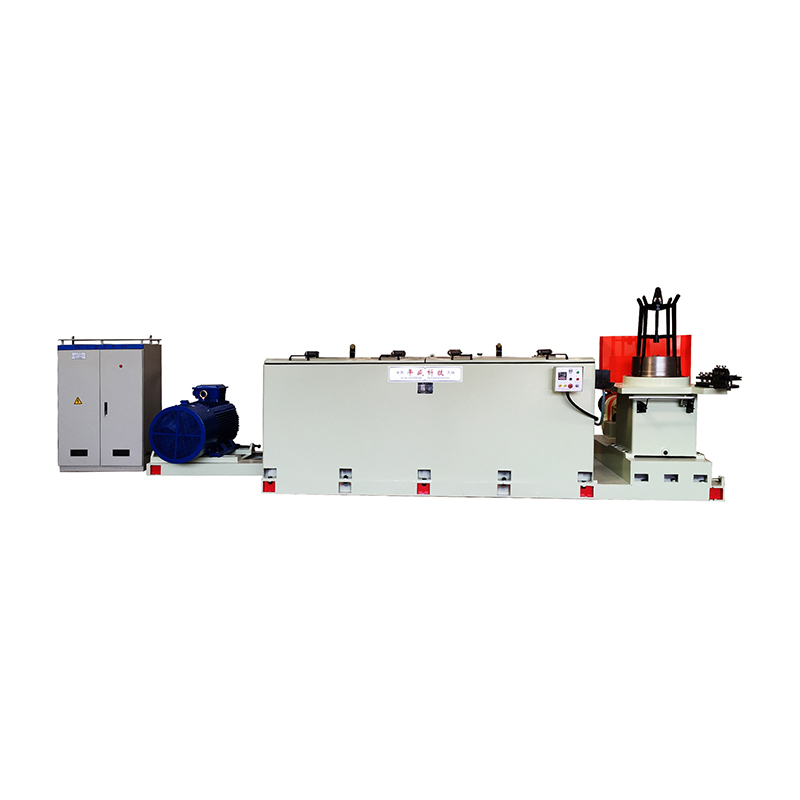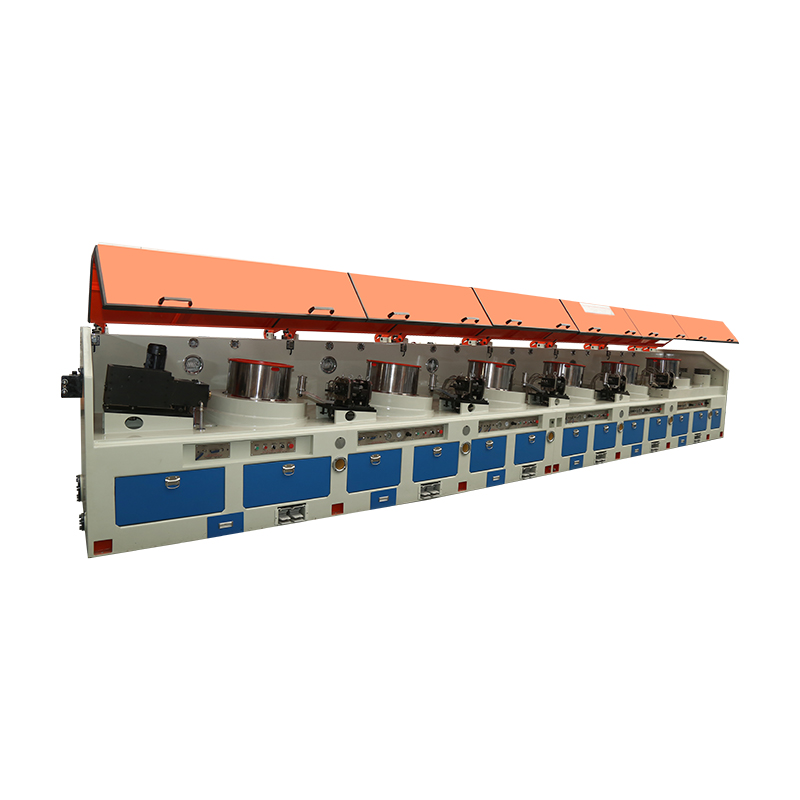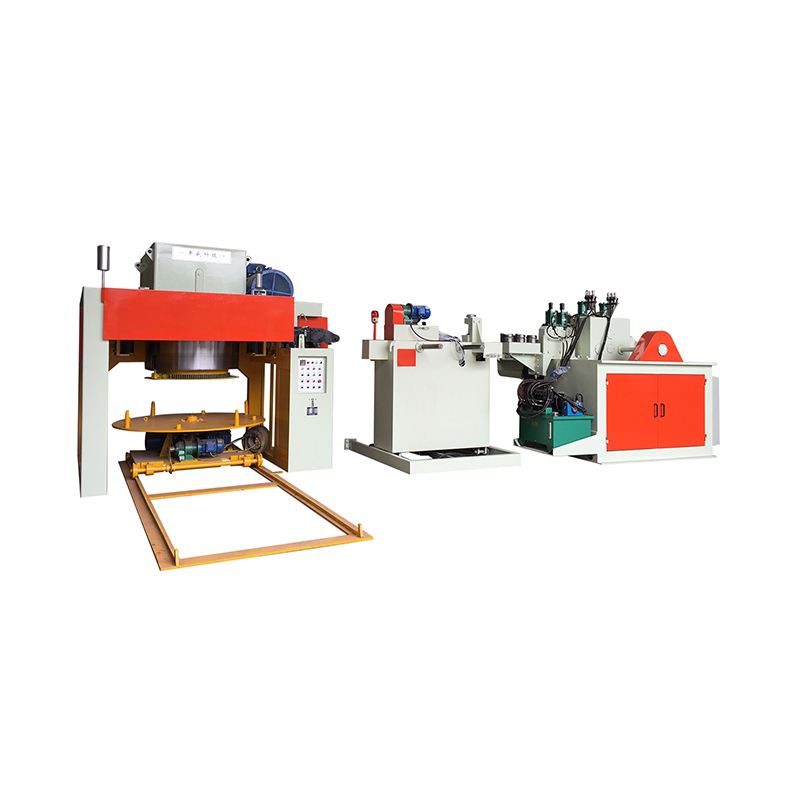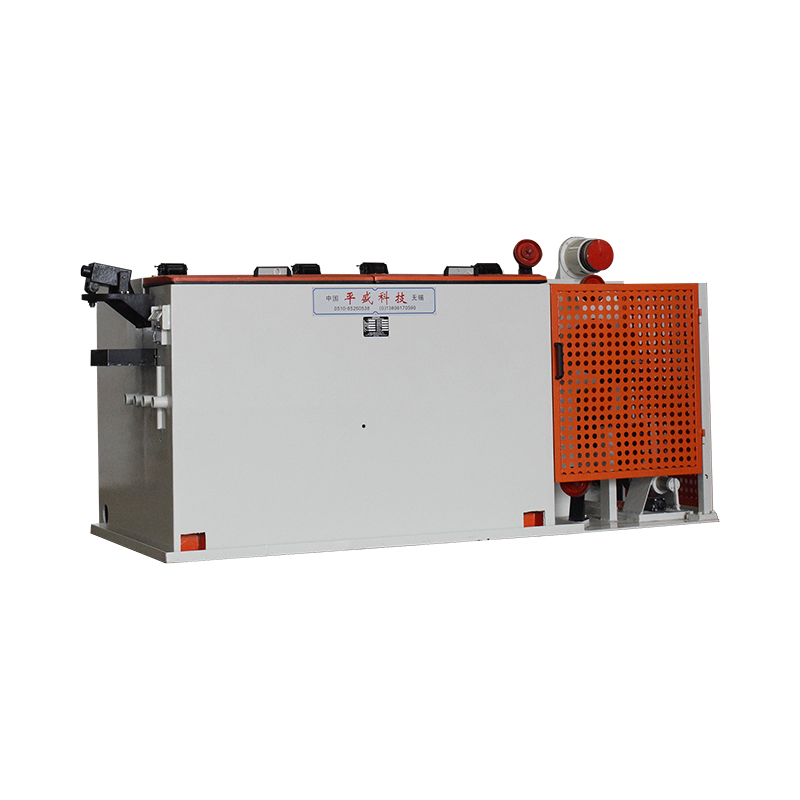How to Maintain and Troubleshoot a Wet Wire Drawing Machine?
Wet wire drawing machines are essential equipment used in the metal wire processing industry to reduce the diameter and improve the surface quality of metal wires through wet drawing methods. Proper maintenance and timely troubleshooting are crucial to ensure high productivity, wire quality, and equipment longevity. This article discusses comprehensive maintenance practices and troubleshooting tips for wet wire drawing machines.
1. Understanding the Wet Wire Drawing Machine
A wet wire drawing machine draws wire through dies submerged or lubricated with fluid to reduce friction and heat during the drawing process. This method ensures better surface finish and extends die life compared to dry drawing.
Key components include:
Drawing dies
Wire guides
Lubrication system (oil or emulsion)
Capstans or drawing drums
Cooling system
Control panel and sensors
Maintaining each component in optimal condition is necessary for stable operation.
2. Routine Maintenance Practices
A. Lubrication System Maintenance
Check oil/emulsion levels regularly: Ensure sufficient lubricant is present for effective wire drawing and cooling.
Monitor lubricant quality: Replace or filter lubricant to avoid contamination by metal particles or dirt, which can cause die wear or wire surface defects.
Inspect pumps and filters: Clean or replace filters and check pumps for smooth operation to maintain consistent lubrication flow.
B. Die and Wire Guide Inspection
Regular die cleaning: Metal residues or dirt on dies can damage wire surface; clean dies with suitable solvents.
Check die wear: Worn dies lead to inconsistent wire diameter and surface scratches; replace dies when wear exceeds tolerance.
Inspect wire guides: Ensure guides are smooth and aligned to avoid wire abrasion or breakage.
C. Mechanical Components Check
Check capstan/drum surfaces: Clean to prevent wire slippage and maintain tension control.
Monitor bearings and shafts: Lubricate bearings and inspect shafts for wear or misalignment.
Inspect rollers and tension devices: Adjust to maintain consistent wire tension.
D. Electrical and Control System Maintenance
Test sensors and switches: Ensure accurate feedback for speed, tension, and temperature controls.
Inspect wiring and connections: Prevent electrical faults due to loose or damaged wiring.
Update software/firmware: Keep control system updated for optimal performance and new features.

3. Common Issues and Troubleshooting
A. Wire Breakage
Causes:
Die wear or damage causing rough surfaces.
Improper lubrication or insufficient lubricant flow.
Excessive drawing speed or tension.
Misaligned guides or capstans.
Wire quality issues (impurities or cracks).
Solutions:
Replace or recondition worn dies.
Check and adjust lubrication system.
Reduce drawing speed or tension.
Realign wire guides and capstans.
Use high-quality wire rods and perform quality inspection.
B. Poor Surface Quality of Wire
Causes:
Contaminated or degraded lubricant.
Damaged or dirty dies and guides.
Excessive heat due to inadequate cooling.
Presence of foreign particles.
Solutions:
Replace lubricant regularly; filter to remove impurities.
Clean and polish dies and guides.
Ensure cooling system functions properly.
Maintain a clean production environment.
C. Lubrication System Failure
Causes:
Pump malfunction or blockage.
Filter clogging.
Leakage in lubricant lines.
Incorrect lubricant type or viscosity.
Solutions:
Repair or replace faulty pumps.
Clean or replace filters frequently.
Check all connections and seals for leaks.
Use manufacturer-recommended lubricant.
D. Inconsistent Wire Diameter
Causes:
Die wear or wrong die size.
Variable wire tension.
Speed fluctuations.
Mechanical vibration.
Solutions:
Replace worn dies.
Adjust and monitor wire tension control system.
Stabilize drawing speed.
Inspect machine foundation and tighten loose components.
4. Best Practices for Preventive Maintenance
Establish a maintenance schedule: Daily, weekly, and monthly checks for lubrication, die condition, mechanical parts, and control systems.
Train operators and maintenance staff: Ensure familiarity with machine operation, maintenance procedures, and troubleshooting.
Use quality spare parts: Genuine dies, lubricants, and mechanical components extend machine life.
Record and analyze machine data: Track production parameters and faults to identify patterns and prevent breakdowns.
Keep the machine and environment clean: Prevent dust and metal debris accumulation.
5. Safety Considerations
Always power off and lock out machines before maintenance.
Use personal protective equipment (PPE) such as gloves and eye protection.
Follow manufacturer's safety guidelines and maintenance manuals.
Train staff on emergency shutdown procedures.
Conclusion
Maintaining and troubleshooting a wet wire drawing machine involves a comprehensive understanding of its mechanical, lubrication, and control systems. Regular maintenance such as lubrication monitoring, die inspection, and electrical system checks, combined with timely troubleshooting of issues like wire breakage and surface defects, ensures optimal machine performance and product quality. Adopting preventive maintenance practices and ensuring operator training will minimize downtime and extend equipment life, ultimately improving production efficiency and cost-effectiveness.


 EN
EN
 English
English Español
Español Français
Français Português
Português عربى
عربى














